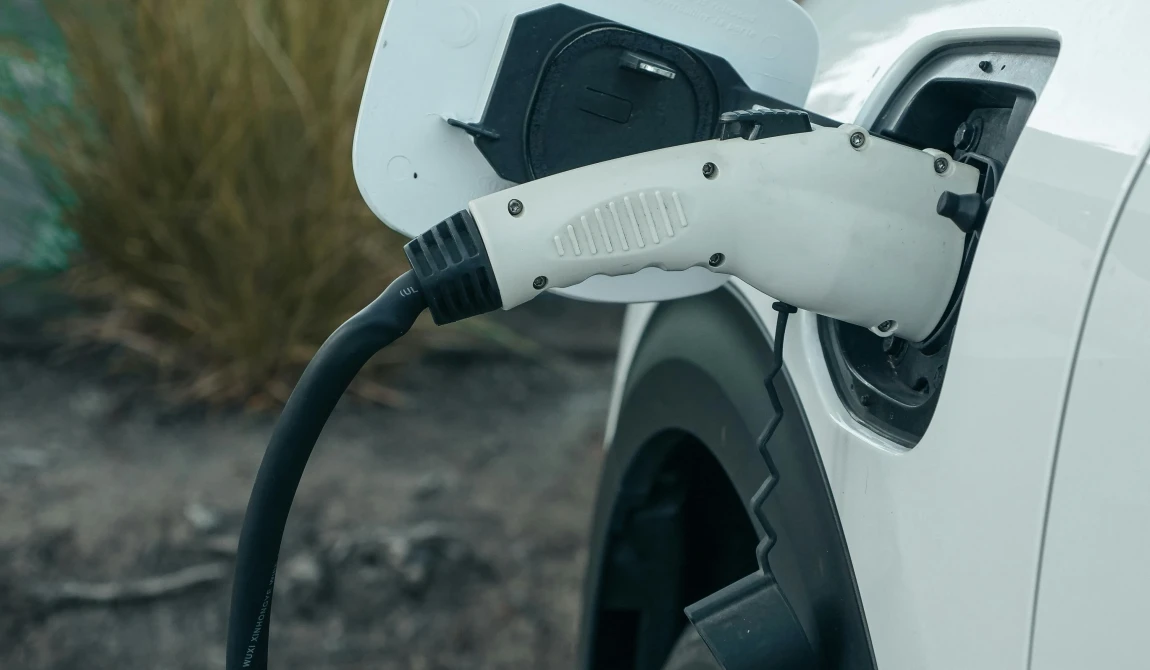There’s never been a greater focus on electric cars than there is right now. From increasing infrastructure investment to a broader number of EVs available than ever before, there’s a good chance that most drivers have thought about what life could be like with a battery-powered car.
Charging is one of the key aspects of the whole electric car experience, too, and things do differ when it comes to plugging in at home or when you’re out and about. Here at Prestige Cars Kent, we’ve got a broad range of EVs to check out, but something that they all have in common is the need for charging - so what do you need to know about topping up an EV, whether you’re at home or when using a public charging station? Let’s find out.
Charging at home
Charging at home is one of the easiest and most convenient ways of topping up an electric vehicle. All you need to do is plug into a wallbox attached to your home and leave you car overnight to fully charge it up. But there are some pros and cons to consider when it comes to home charging, so let’s take a look.
Positives
One of the key positives about charging at home is simplicity. You won’t need to worry about interacting with a public charger and many charging units are small, so they won’t take up too much space on the outside of your home. You can also take advantage of home energy rates when using a domestic charger, too, and with an EV-focused electricity tariff, you could bring charging costs down considerably. For instance, some tariffs offer a super-low energy unit rate of around 7p/kWh.
Compare this to the 75 or 80p/kWh rate that accompanies some public chargers and you can see how much of a saving there is to be made.
Cons
The main cons surrounding the limiting factors of a home wallbox. Ideally, you’ll need a house with off-street parking or a dedicated parking space, as you’ll need to get close to your property in order to charge. Drivers in flats or terraced houses without off-street parking may need to look for alternative methods to get their cars charged.
You’ll also need to consider installation. While it is simple for most homes, if your property is older - or if the main fuse board is a long distance away from where you want the charger installed - then it can be a longer and more costly process to get one installed. As a guide, most installations cost between £750 and £1,000 for both the wallbox itself and the cost of putting this in. If your installation is more complex, however, then prices can quickly rise.
Public charging
Charging when you’re out and about has many strengths and weaknesses - let’s check them out.
Pros
One of the key plus-points about public charging is speed. Whereas home chargers only really deliver around 7kW of power - some can return up to 22kW - public chargers are able to charge at far greater speeds, with some in the UK bringing up to 350kW. If you have an electric car that is able to accept such a rate, then this could result in a 10 to 80 per cent charge being conducted in around 17 minutes.
Of course, another key aspect of the public charging experience is availability. A lot of criticism has been levelled at public charging, but as of July 2025, there are over 84,000 charging stations situated across just shy of 42,000 locations, according to leading charger mapping site Zap Map. It does mean that you’re more likely to find a charger near your location than you might expect.
Cons
The main negative about public charging at price. Currently, there is a vast gap between the cost of public charging and that of using a home charger, which does make topping up an EV when you’re out and about more expensive. You can save money by using a slower charger, which is usually less expensive, but if you’re in a hurry and need a rapid top-up, then you can face an average energy cost of around 79p/kWh - significantly more than you’ll pay at home.
Another negative is reliability. While public charging infrastructure has come on leaps and bounds in recent years, there are still cases of broken chargers and poor connections - particularly in rural areas. It’s always worth checking a charging service provider’s app before heading to a unit to make sure that it’s working properly.
Where should I charge my electric car?
This really boils down to where you are and how far you need to go. For most drivers, a home charger will mean that they’ll very rarely interact with a public charger, giving that a full top-up of even an average EV gives a decent amount of range for daily mileage.
However, when you’re out and about - or if you’re in a hurry - then public charging really is your best bet as it brings the added speed that home chargers cannot deliver.
The good news is that you’ll find all manner of electric cars here at Prestige Cars Kent, so check them out today.

